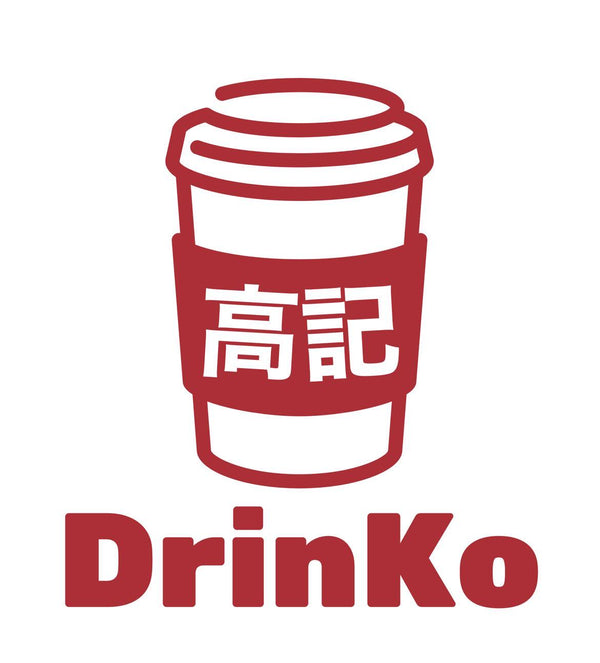Hong Kong was once a British colony, and the origin of Hong Kong-style milk tea can be traced back to the colonial period under the British rules. After the opening of Hong Kong in 1842, the British introduced English-style milk tea to Hong Kong. However, they used expensive Indian Assam black tea, which was unaffordable for white-collar workers and ordinary citizens, so it did not become popular among the local population.
After 1952, due to the rapid increase in Hong Kong's population, many Dai Pai Dong’s (street food stalls) appeared on the market, attracting customers with milk tea. However, this was not the expensive "English-style milk tea," but rather the innovative and modified Hong Kong-style milk tea created by the locals. It was not only more suitable for the local taste but also more robust in flavor. This unique Hong Kong-style milk tea used a blend of multiple types of black tea, filtered through homemade fine mesh tea bags to remove tea residue. The white cloth bags used for filtering became stained with tea after repeated use, resembling women's silk stockings, hence commonly known as "silk-stocking” milk tea or "pantyhose” milk tea. These Dai Pai Dong’s also started using evaporated milk instead of fresh milk to make milk tea, completely transforming the English-style milk tea into a unique Hong Kong-style milk tea.
As time went by, while an increasing number of restaurants offering a wide variety of food emerged in Hong Kong, "Hong Kong-style milk tea" remained the highlight of these eateries without the need for special promotion or emphasis on its availability. It naturally became a part of Hong Kong people's lives and culinary culture. To this day, Hong Kong-style milk tea is not only a local beverage but also a cultural symbol of Hong Kong. It is considered an original local drink, integrated into the culinary culture, and widely available in many places.D
Originally born out of the hustle and bustle of making a living, it unexpectedly became a part of Hong Kong's culture, enduring the test of time and quickly gaining fame as a beverage enjoyed overseas – a sought-after delicacy for people from different regions and a source of pride for Hong Kong people. In 2014, the craftsmanship of making Hong Kong-style milk tea has made its way to be recognized as an intangible cultural heritage in Hong Kong. In 2017, the Hong Kong government officially included the craftsmanship of making Hong Kong-style milk tea on the list of Hong Kong's intangible cultural heritage. These moves elevated the image of everyday life to a refined cultural image.

